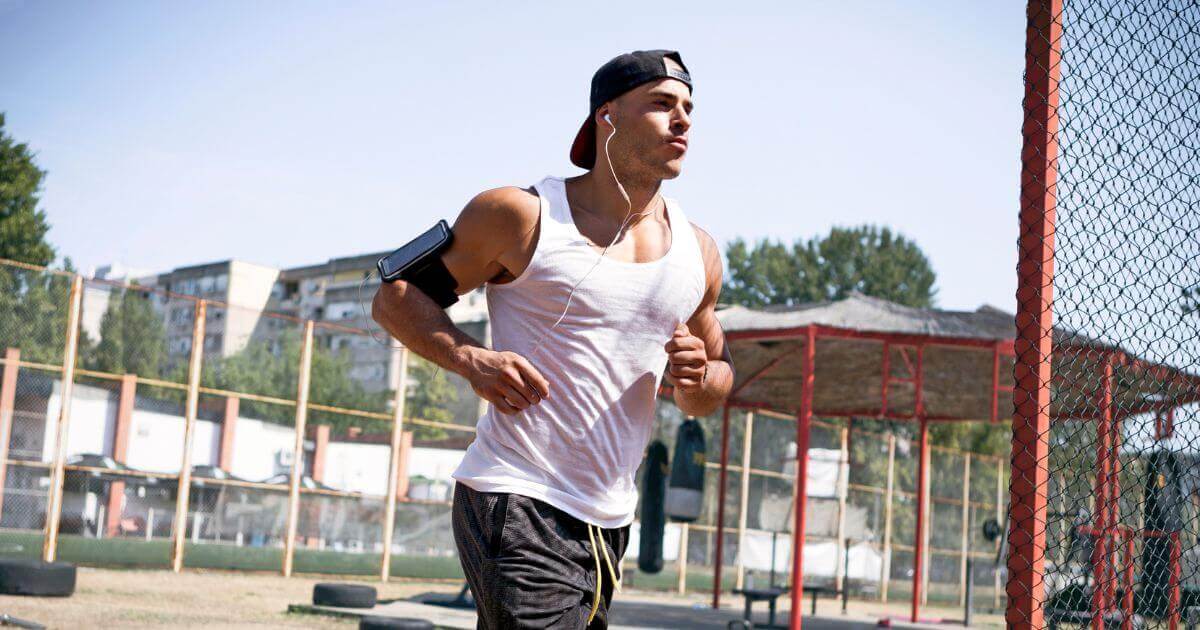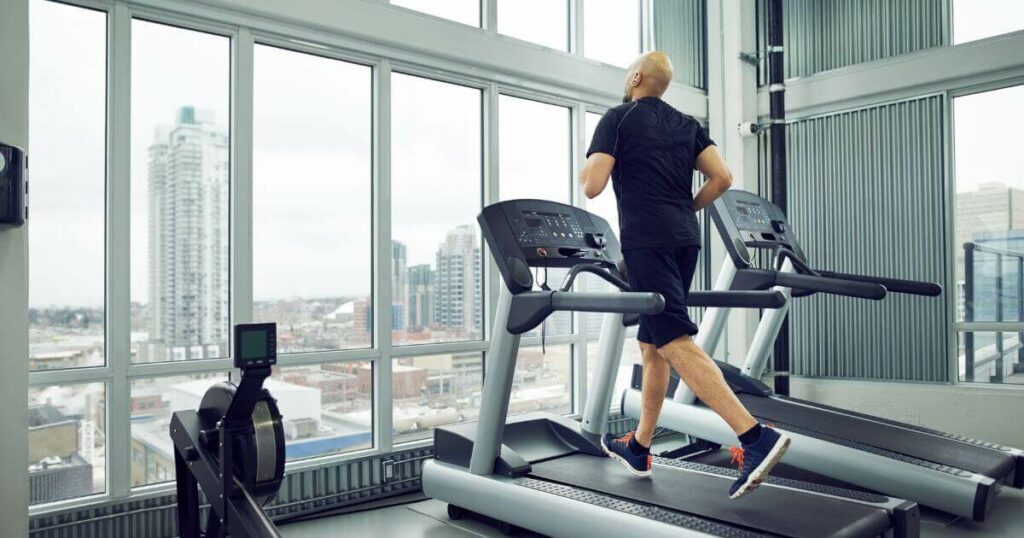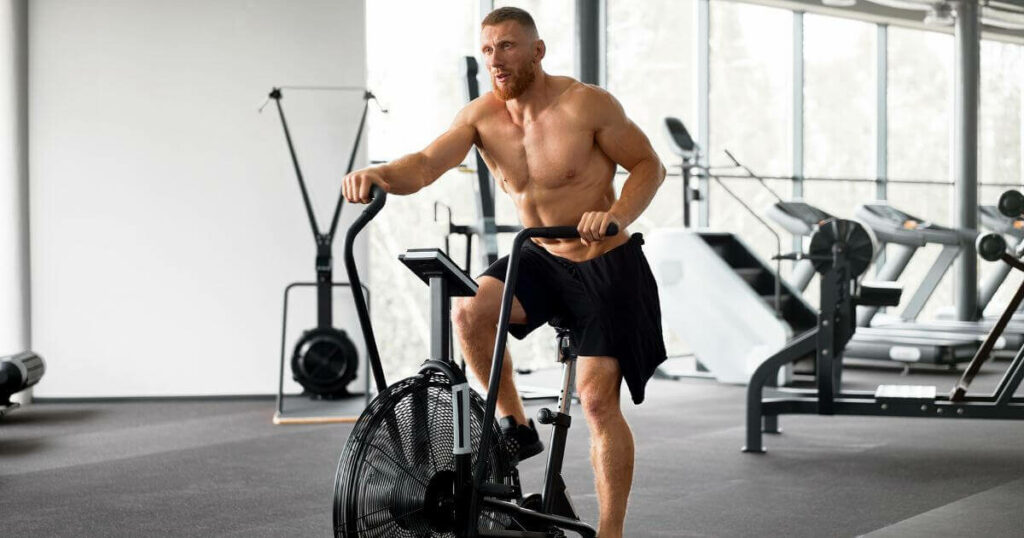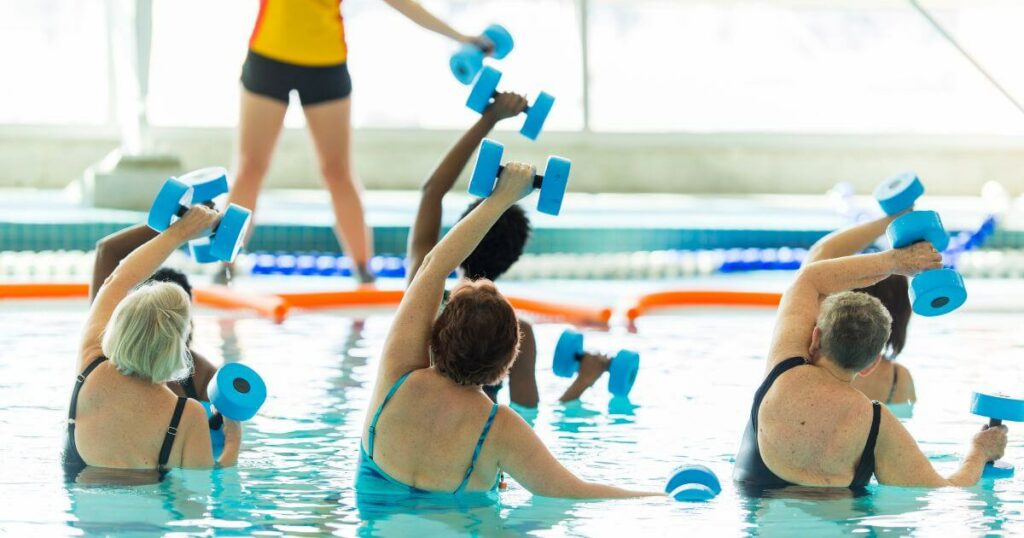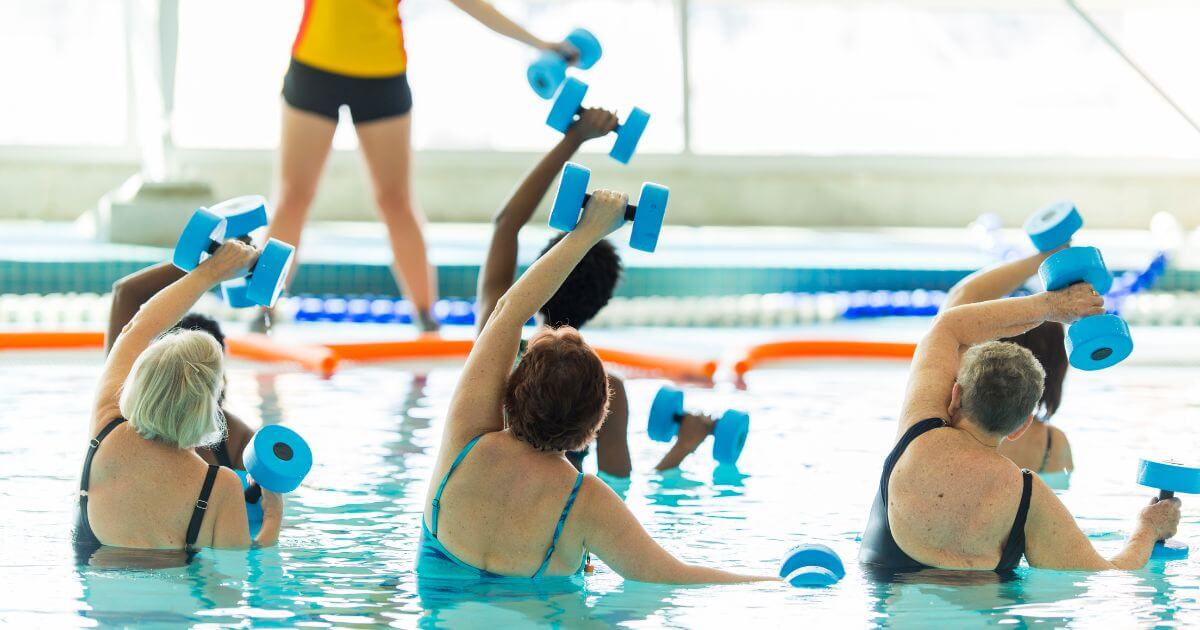A heart rate monitor watch can track your heart rate all the time, allowing you to gauge the intensity of your workouts, monitor stress, review your sleep quality, and keep track of vital signs. Most people are aware of their normal resting heart rate and should count the number of times the heart beats each minute.
Low resting heart rates indicate cardiovascular fitness, but a high resting heart rate could mean that you have heart or lung ailments that could cause cardiac events. Tracking this information and understanding what’s normal can be empowering and help you stay on track with your health. Let’s learn more about heart rate monitoring products.
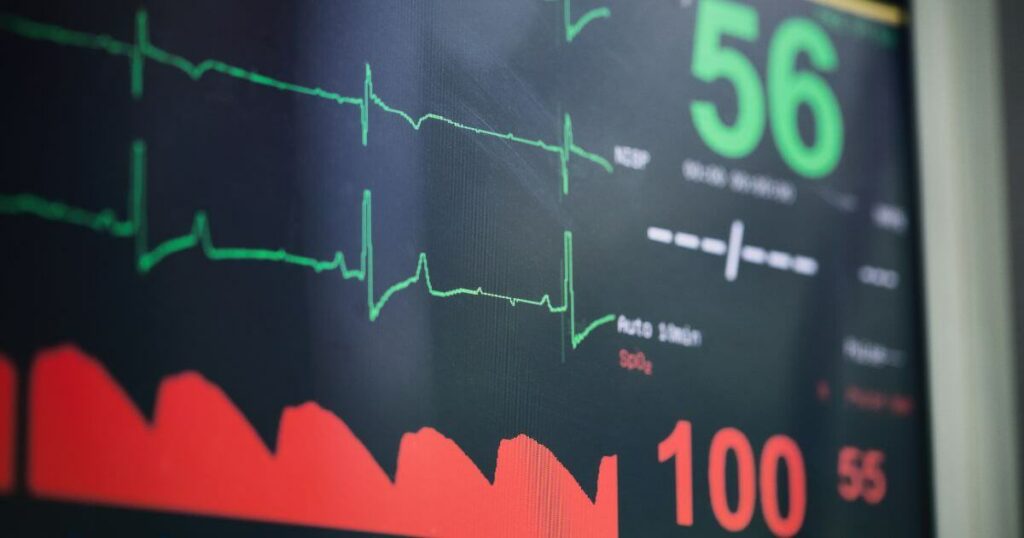
Types of Heart Rate Monitors
Heart rate monitor watches use different approaches to test your pulse rate or heart rate.
- Electrodes from Electrocardiography (ECG) sensors will track the electrical signals generated with each heartbeat.
- Optical sensors often use PPG (photoplethysmography), which means infrared light is shone through the skin and measures the changes of your blood pressure or volume.
Both options can detect early signs of heart disease or failure if they offer reliable readings.
Styles Available
The two common heart rate monitor styles include wrist-based and chest-strap monitors. Chest straps use ECG to detect the electrical activity of the heart while it beats. However, wrist-based monitors use PPG and light-emitting diodes to shine light through the major arteries in the wrist and forearm.
Companies are now getting creative with where a person can wear the monitor. Some feature rings and even entire garments that have sensors in multiple locations, such as leggings, sports bras, and shorts.

Bluetooth vs. ANT+
To see the heart rate data, you must connect the heart rate monitor to another device, such as a watch, smartphone, or another piece of equipment that uses Bluetooth or ANT+.
ANT+ (interoperability) features a 2.4 gigahertz wireless network to broadcast the information, so you don’t have to pair devices. Bluetooth uses the same frequency but requires pairing between the devices. Likewise, some heart rate monitors have built-in GPS to track how long you’ve walked/run.
Selecting the Best Heart Rate Monitors
Many people wonder which watch has the best heart rate monitor, and the Apple Watch series is one of the most ideal fitness tracker options on the market. When choosing one, it’s wise to focus on these aspects:
Exercise Intensity Tracking
Most people wear heart rate monitors for cardio (aerobic) exercise. It’s wise to buy a high-end heart monitor with a chest strap if you’re focused on high-intensity activities. Likewise, you may need one that shows how much oxygen you take in while working out.
Fit and Style
Wrist-based monitors (watches) sit above your wrist bone. However, the chest strap sits below the sternum or under the chest muscles.
Most doctors and individuals feel that the straps offer more accurate data compared to the wrist-based versions, but it’s usually a personal preference. Those who wear one to track blood oxygen levels or other health metrics may want to choose a chest strap version.
Connectivity
The watch that monitors heart rate should be capable of Bluetooth and ANT+ connections. If you get a monitor that only uses one or the other, consider how you’ll view the information.
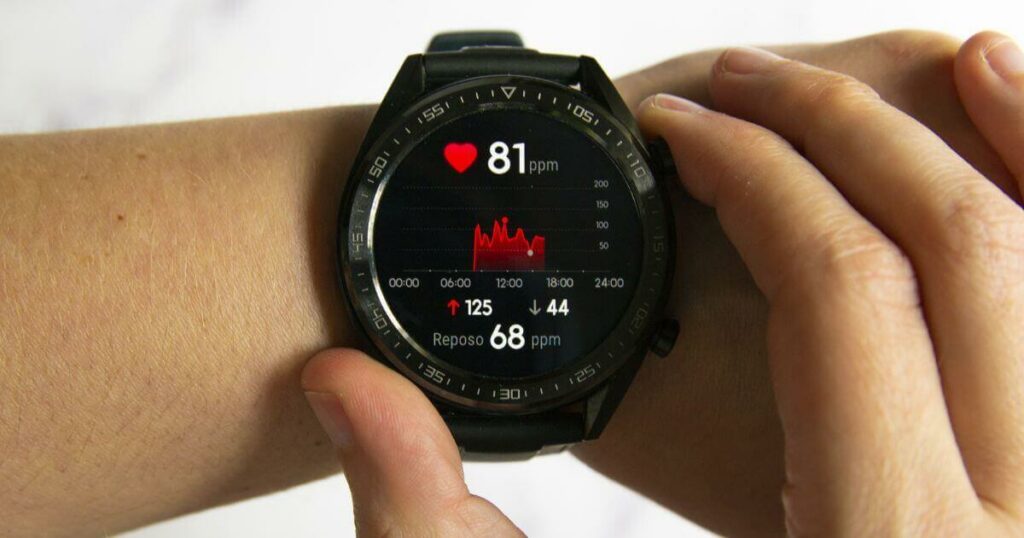
Metrics (Sleep Tracking, Heart Health, Blood Oxygen Saturation Levels, and More)
Sometimes, monitors only measure your heart rate. Others will track your calories burned, workout duration, distance covered, sleep metrics, breathing rate, stride length, and may even track a woman’s menstrual cycle.
Those who have an irregular heart rhythm and are at risk for going into atrial fibrillation may need a sports watch that also helps them measure stress levels. They may include a skin temperature sensor, relaxation breathing timer, and sleep quality tracking.
It’s wise to speak with a healthcare professional to determine which of the most popular fitness apps are best for you. While it’s good to know how many calories you burn, a stress monitor or blood flow information might be more helpful to the doctor.
Versatility and Accuracy
Most chest straps and armbands track basic metrics, but a wristband can also be a smartwatch. They may receive notifications, send reminders, and much more.
You can also find a fitness tracker that features guided breathing exercises when you choose something more high-end.
One question many people wonder is: are heart rate monitor watches accurate? A low-end fitness watch, such as the Fitbit app, can be wrong often. Many people use them solely to get an idea of how long they work out.
If you often experience chest pain or see a cardiologist, fitness tracking might not be the most important aspect. You may need to focus more on tracking sleep stages and other factors that might compromise your health.
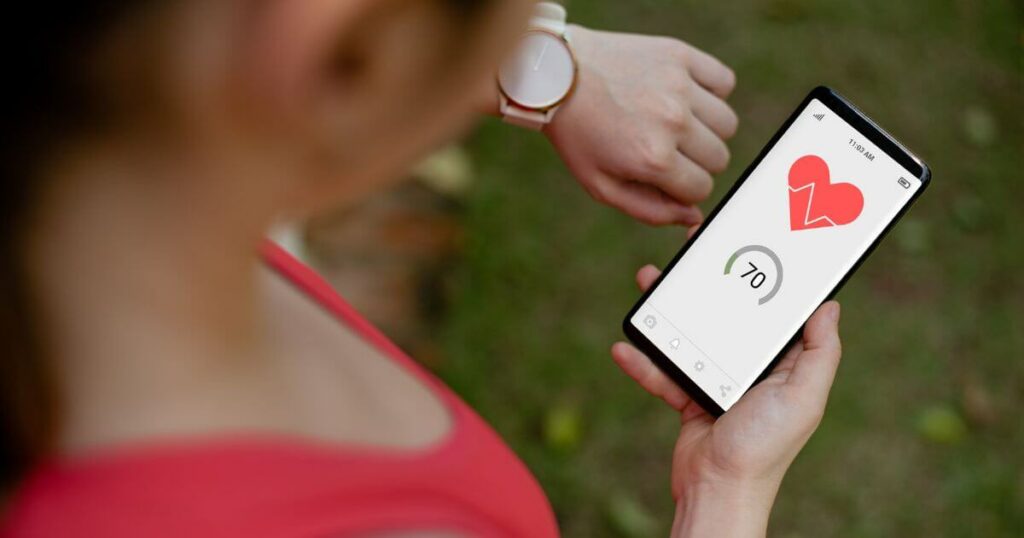
Battery Life
A heart rate monitor, whether wrist- or chest-based, should have a long battery life and be rechargeable. Therefore, you might be able to go for several days without recharging it.
However, you may require coin-cell batteries, which may not provide an extra-long battery life. Therefore, it’s best to separate the chest strap from the sensor when you don’t wear it to extend that battery life.
Some products may include a low-power mode, which means some functionality is lost. Though the battery life lasts a while, they may start shutting down slowly.
It’s wise to get a heart rate monitor with an excellent battery life if at all possible.
Budget
Generally, a low-cost monitor has fewer features. More expensive models will track more things and might even play music or automatically send your fitness stats to your app or cardiologist.
Should You Get a Heart Rate Monitoring Smart Watch?
If you require continuous heart rate monitoring, it’s crucial to consider the many features and options available. For example, the Apple Watch 7 features a larger screen and has always-on retina display, so it’s easier to check things without raising the wrist or touching the screen.
Those who want to learn more about common cardiac devices can click here. It’s an excellent resource that focuses on cardiology.


